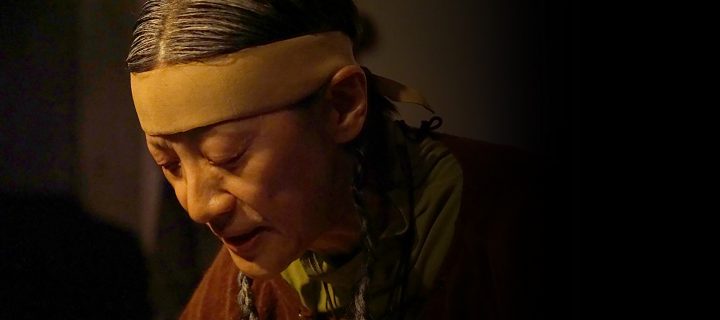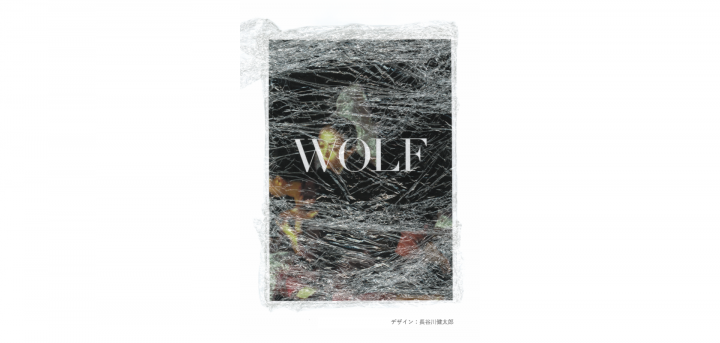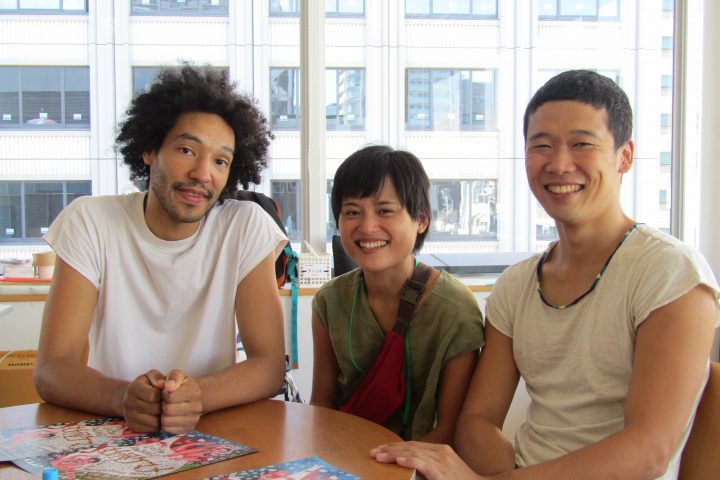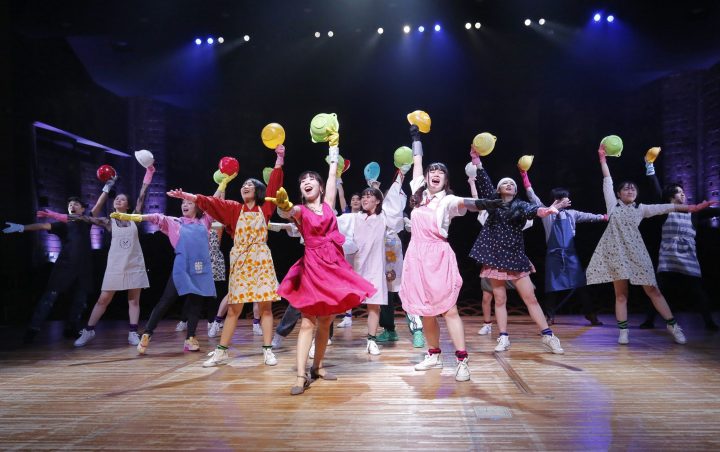Communicate through dance, regardless of age, nationality, or disability!
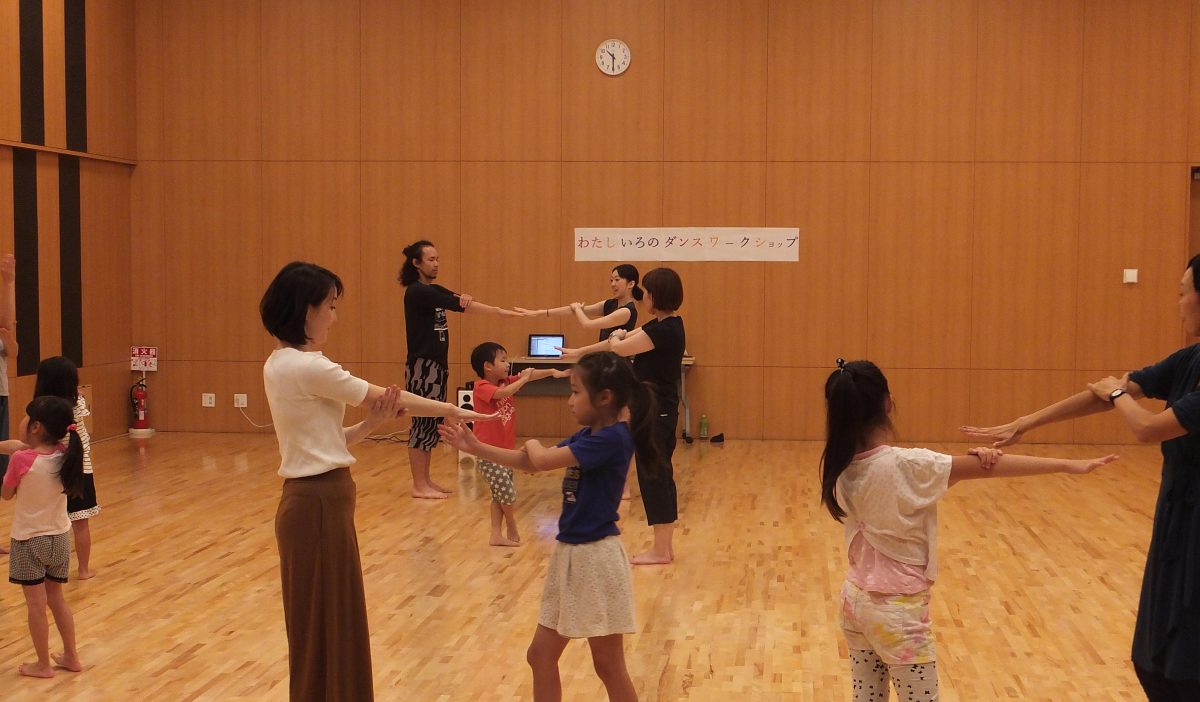
The place where plays are born
File.6 My Color Dance Workshop
Koichi Imai (editor/writer)
There is a unique facility in Kawasaki City called "Culttz Kawasaki." Its official name is "Kawasaki City Sports and Culture Center." It is a complex facility with a hall that can accommodate 2,013 people, large and small gymnasiums, a martial arts room, an archery range, a training room, and more. It opened on October 1, 2017. It is located where a gymnasium was originally located, and this style was realized because the hall of the nearby Education and Culture Hall was scheduled to close in March 2018. Train your body and hone your senses. That's the image you might have.
The nickname "Culttz Kawasaki" is a combination of "culture" and "sports," and was the idea of a local junior high school student. It is a bustling facility that integrates the Fujimi district of Kawasaki City and the surrounding area, and revitalizes the area with a focus on culture and sports.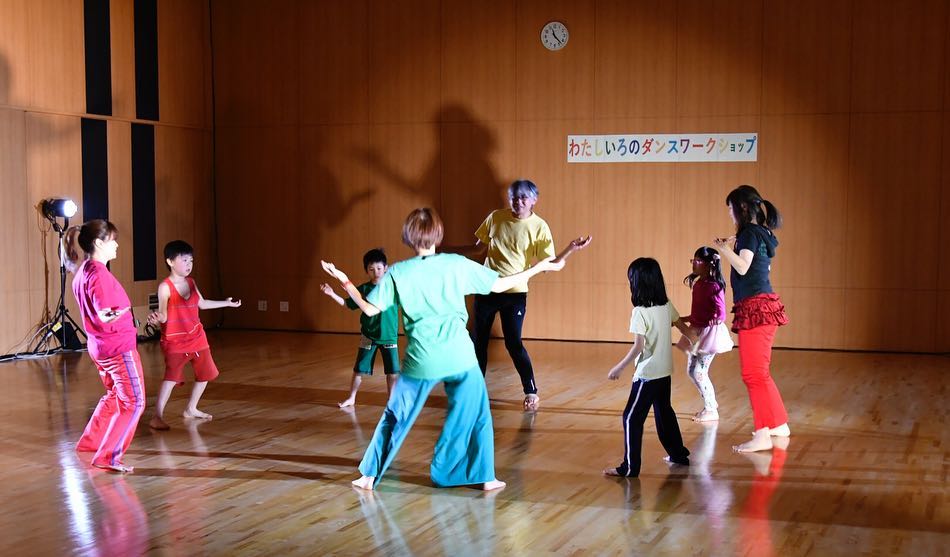
Now, at Culttz Kawasaki, an initiative called "My Color Dance Workshop" is being held. This is part of a public art community project, a project based on the idea that local citizens participate and create a work together with professional artists. Focusing on the diversity of Kawasaki City, people with and without disabilities are participating in dance workshops together and working hard to create works in order to solve the problem of forming a society that embraces and supports people with various needs.
"As a citizen, I have a lot of thoughts. I wanted to convey the importance of striving for a society in which everyone, from children to adults, and people with disabilities, can live together, regardless of cultural or nationality. This project was born from that idea."
" says Akane Murata, who is in charge of the business.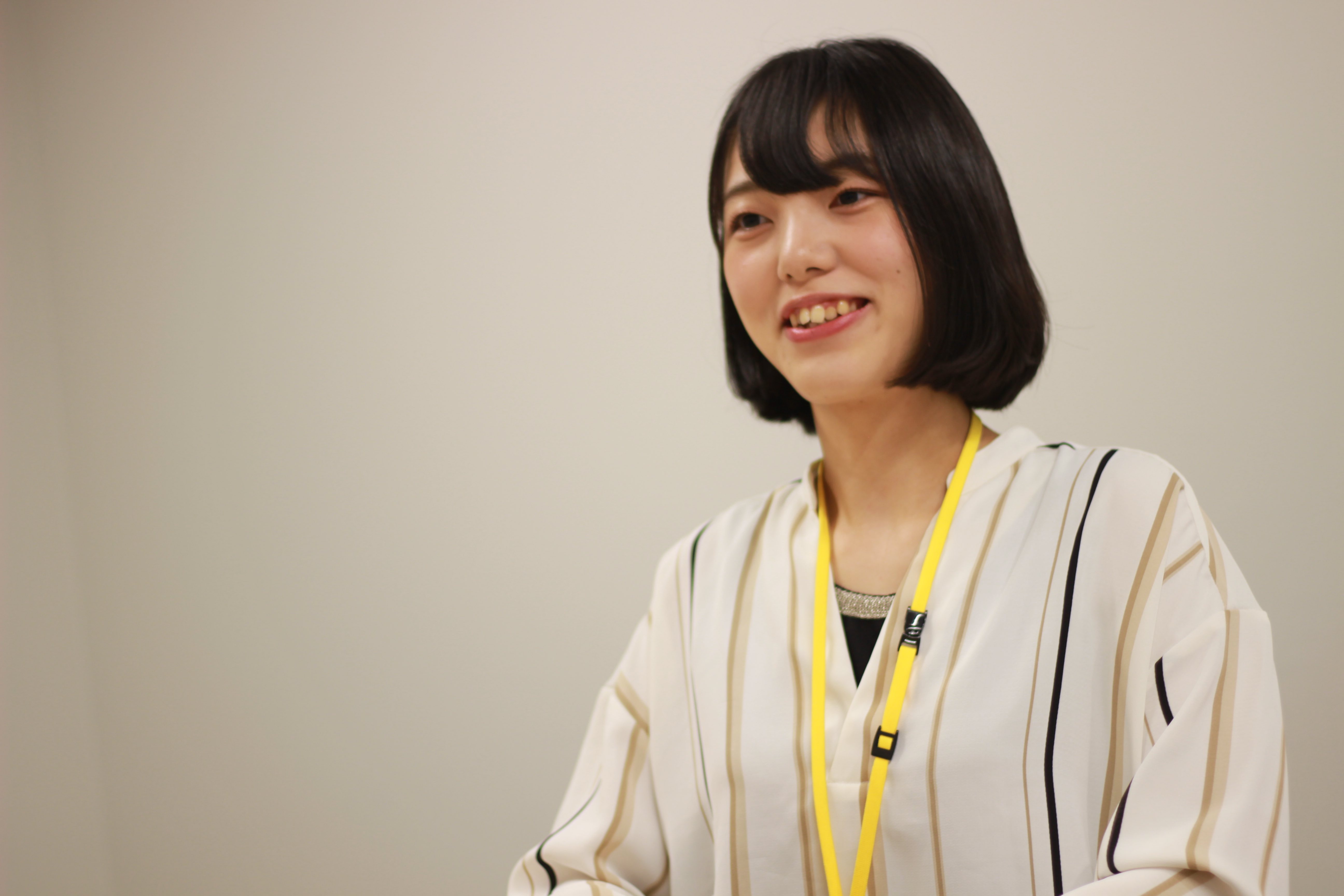
The workshop instructor is Shintaro Hirahara, a dancer and choreographer who leads the dance company OrganWorks, has provided choreography for various stage productions, and is also a participant in the Condors led by Ryohei Kondo, and the group "Dansu" with Shintaro Oue and Mirai Moriyama.
First, a one-off workshop was held in October 2018. This was carried out under the commission of the city's cultural foundation's "Para-Art Promotion Model Project," which promotes the creation of an environment where people with and without disabilities can participate in cultural and artistic activities together. Subsequently, a total of eight workshops were held from December 2018 to March 2019 as part of Culttz Kawasaki's project. The series was completed as one course, ending with a presentation of the results on March 30th.
"Under Hirahara's guidance, all participants explored ways to express concepts such as 'connections with others,' 'living together,' and 'communication' through dance, and had the experience of conveying these concepts to others," said Murata.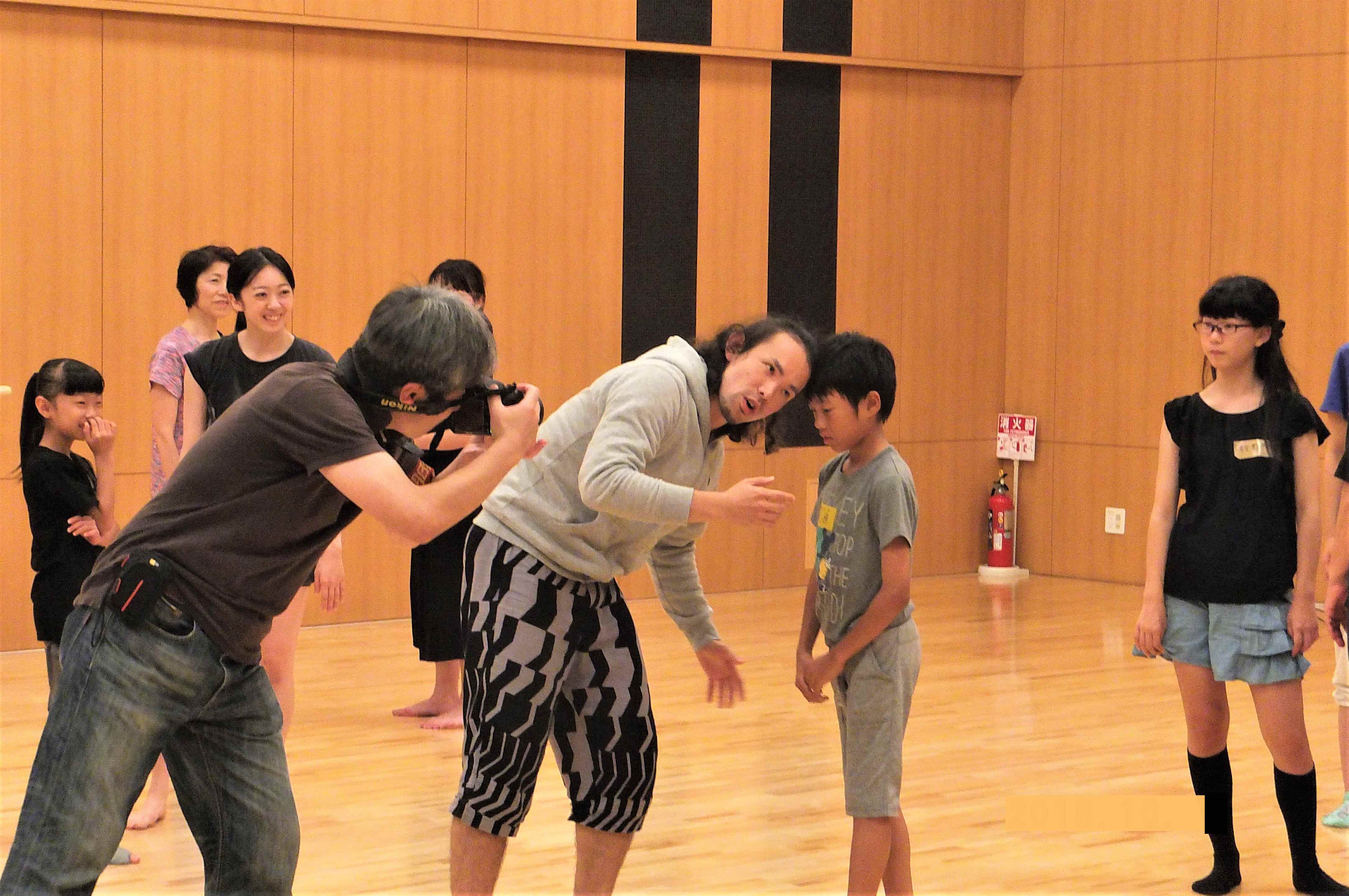
In fact, although Murata had been interested in "coexistence" since his university days, he had never had any experience interacting with people with disabilities until he started this project. So, he first attended a course on the "Coexistence and Co-creation Project" held at KAAT Kanagawa Arts Theatre, and learned about support and communication at "SLOWLABEL," a Yokohama-based organization that develops performances by people with disabilities and able-bodied people. In other words, he immediately put what he learned into practice.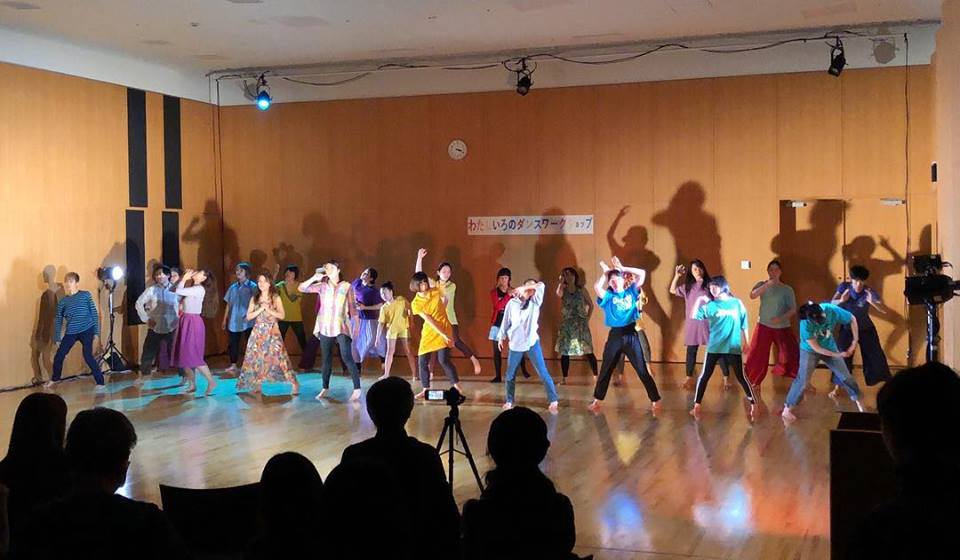
The first term of 2019 began this June.
The workshop consists of 14 sessions, divided into three classes: Class A for pairs of children and adults, Class B for people aged 10 and over, and Class C for people with disabilities.
The capacity is 70 people. Many local residents are continuing to participate from the previous workshop, and the workshop is full of excitement and fun as the results are announced on November 2nd.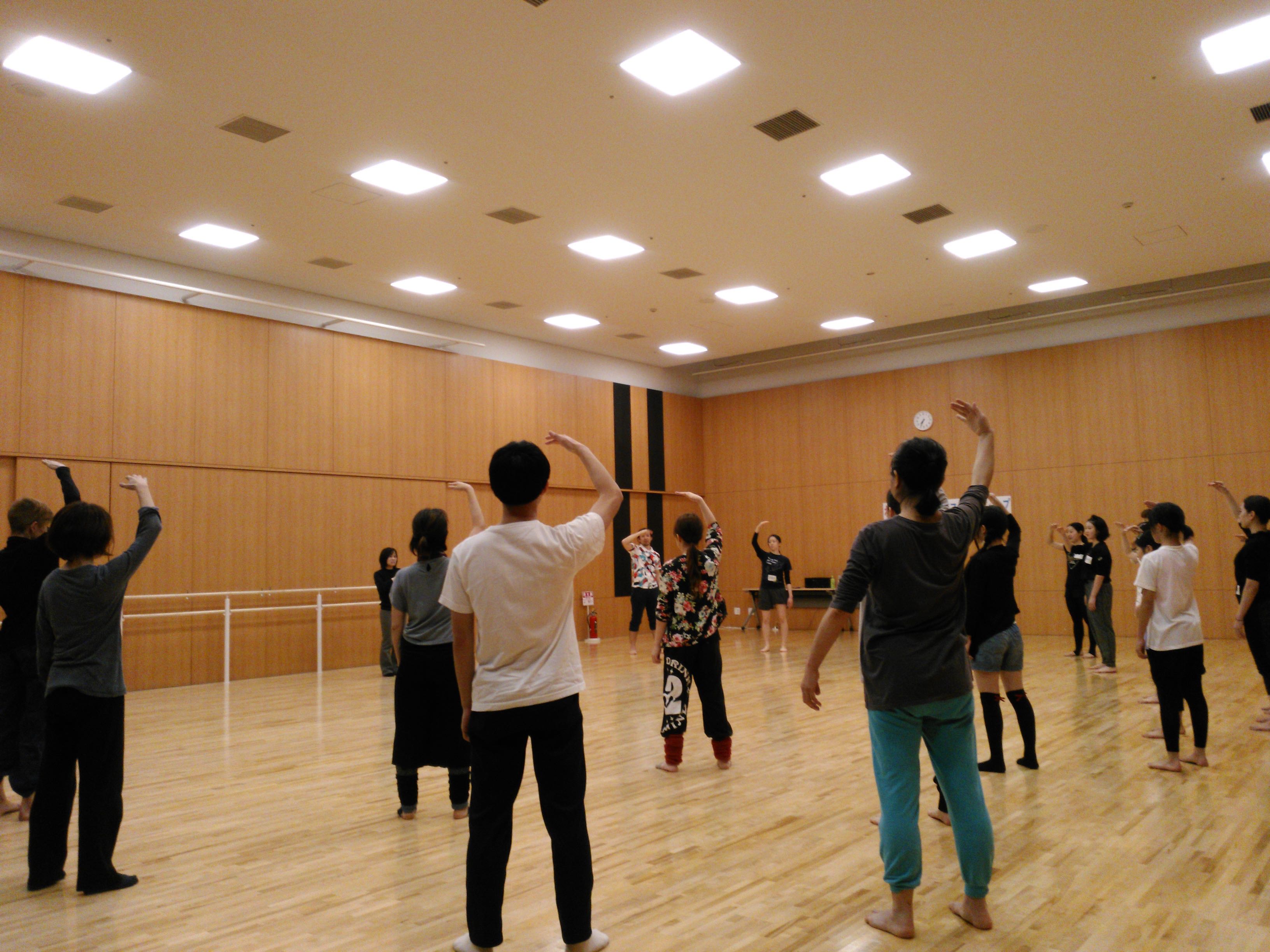
Although it seems that things are going smoothly, there are still many issues to be addressed. The initial plan to have foreigners participate has not been achieved.
Kawasaki City is famous as a city where many foreigners, including Koreans, Chinese, and Indians, live. Although there are sad news stories such as hate speech, Kawasaki City formulated the "Kawasaki City Multicultural Coexistence Promotion Guidelines" in 2005 (revised in 2008 and 2015). It is a pioneering city in Japan that systematically and comprehensively promotes policies related to foreign residents.
"Kawasaki City is home to people from many different countries. When people of different nationalities live together, there is still a certain amount of prejudice. I wanted to convey the message that we should accept each other and live our lives in harmony, and that this is important. Ever since I was assigned to Culttz Kawasaki, I had been thinking, 'I hope I can do something.'
"I told Hirahara that I wanted to convey through dance the message that we should live together while accepting each other's individuality," (Murata).
They are in the midst of a trial and error process, reaching out to foreign acquaintances, redesigning flyers, and receiving advice from the ward office and reaching out to the foreign community.
"Until now, our public relations efforts have focused on the local Kawasaki ward, but we would like to broaden our horizons and expand our activities to the entire city of Kawasaki. Attracting visitors in preparation for 2020 is also important, so we would like to promote the event throughout Kanagawa Prefecture," said Murata.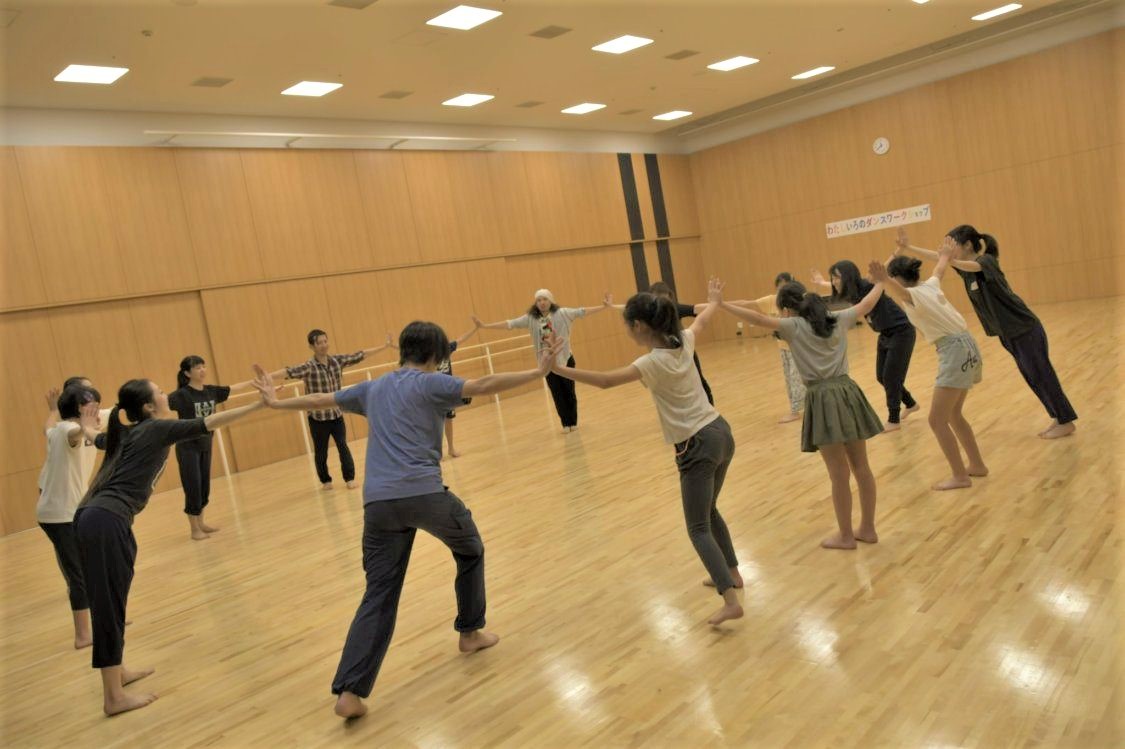
Yes, this project has three years as its milestone. The goal is to have people with disabilities, foreigners, adults and children all standing in the same space and creating one piece of work in a hall that can accommodate 2,013 people on May 24, 2020. The seats have to be filled.
There is a lot that needs to be done, but when I imagine people of all kinds gathering at Culttz Kawasaki, dancing and exchanging smiles, it's exciting.
And this is where the power of art is indispensable.
